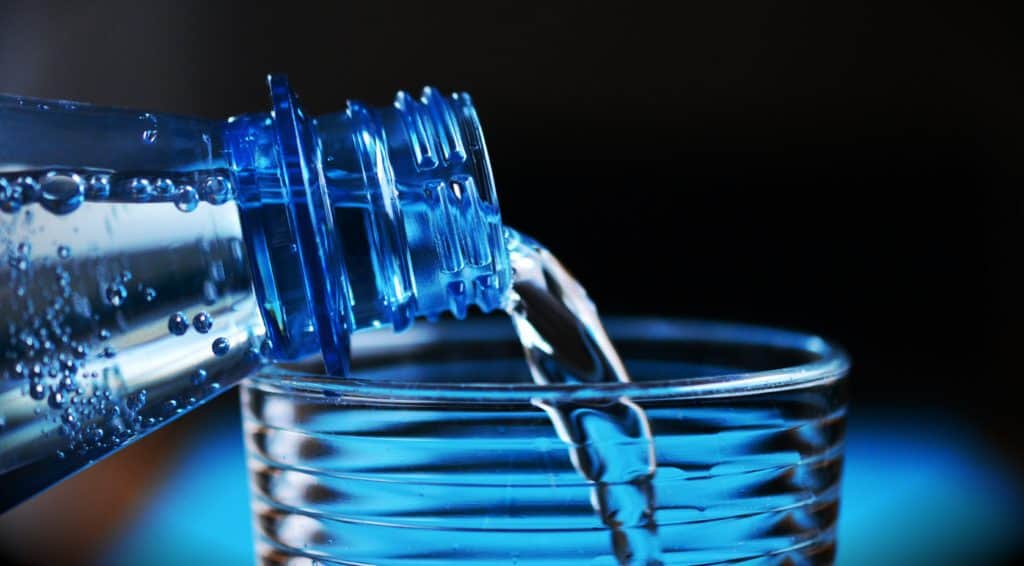Why do I Feel Nauseous After Eating on Keto?
The first few weeks of starting a ketogenic diet can be particularly rough, especially if your new regimen is different from your typical nutrition intake prior to keto. Many people experience some digestion issues when cutting out carbs and introducing more fat into their daily diets than their bodies are typically used to. Along with digestion issues, other side effects of this transition period can include irritability, mood swings, headaches, and in some extreme cases increased anxiety and depression. This disruptive initial period of entering ketosis is most commonly referred to as the “Keto Flu”
What Exactly is the Keto Flu?
The Keto Flu, otherwise known as the “Carb Flu” is a resulting state of sickness that tends to afflict many people just getting settled into a new ketogenic diet. The symptoms associated with the keto flu include nausea, sweatiness, headaches, drowsiness, and irritability. These symptoms arise because your body is going through a phase similar to that of withdrawal, where your blood glucose levels are trying to adjust and find their balance without a carbohydrate-rich diet.
In standard everyday diets, your body uses carbs as fuel to burn and its primary energy source, but when you switch to a low carb/high fat and high protein diet, it will take some time to fully adjust to burning up fat more efficiently than the glucose from carbs. For the average person, the Keto Flu only really lasts up to a week, or often less than that. However, in extreme cases it can last for up to a month.
Electrolytes are More Important Than You Think

Introducing additional sources of electrolytes into your daily diet is one of the best ways to fight off the fatigue and other symptoms of the Keto Flu. A lack of electrolytes in one’s diet can be a primary cause of fatigue, or if anything definitely exacerbate the symptom of fatigue already present in the Keto Flu.
The tricky thing about getting enough electrolytes on the keto diet, is that most sports drinks that come to mind when you think “electrolytes” are actually full of sugars and therefore carbs. Electrolyte supplements are a great way to get that fuel for your body without risking pulling your body out of ketosis. Some keto-friendly supplements to keep an eye out for will also have healthy quantities of potassium, sodium, calcium, chloride, and magnesium.
Those nutrients listed above can also be found in plenty of low carb foods as well. Here are some keto-friendly electrolyte-boosting foods for example:
Potassium:
- Plain Yogurt
- Mushrooms
- Spinach
- Kale
- Salmon
- Tuna
- Avocados
- Nuts
Chloride:
- Olives
- Seaweed
- Broccoli
- Cauliflower
Sodium:
- Soup/Broth
- Sauerkraut
- Pickles
- Bacon
Calcium:
- Cheese
- Seafood (sardines)
- Almonds
- Leafy Vegetables
Magnesium:
- Dark Chocolate
- Artichokes
- Fish
- Spinach
Phosphorus:
- Seeds
- Meats
- Nuts
- Dark Chocolate
- Coconut/Coconut Water
You can also get a lot of these important nutrients from supplements if you have dietary restrictions. I usually utilize supplements for my Magnesium and Potassium intake.
Taking about 400mg daily of Magnesium a great place to start. I get mine in the form of Magtein on Amazon.com.
For Potassium, I’m partial to the Keto Vitals Electrolyte Capsules, which are usually on sale on Amazon.com as well.
Eat More Fat
It seems almost counterintuitive at first, but eating more healthy fats will help speed up the ketosis process and get your body to start efficiently burning fat as fuel. A bonus in consuming more fat, is they often help curb cravings in a similar way that most carbs do. Loading up on coconut oil, avocado, or eggs is a great way to help your body grow accustomed to the new keto diet.
Get Lots of Rest
Getting optimal sleep is vital when adapting to a new diet, especially one as intensive on your health as the ketogenic diet. Additionally, the new balance of proteins and fat, and lack of carbs will effect how efficiently you build muscle mass, which is highly dependent on the amount of rest you get each night. By getting enough or potentially more rest than usual, you’ll help your body fire on all cylinders to process fats and burn them more efficiently.
On the keto diet, you should aim to get between 7-9 hours of sleep every night, but insomnia is a present symptom in a lot of new keto dieters. If you still find yourself feeling tired or even drained during the day, mid to late day naps or calm meditations are highly recommended as well. Furthermore, incorporating more magnesium into your diet can help bounds with improving the quality of your sleep.
How can I Prevent Nausea?
One of the best proven ways to prevent nausea is to eat slower. Many people find that eating too quickly directly causes indigestion, which on keto can exacerbate already present digestion issues. Additionally, keeping portion sizes small and more frequent while eating at an overall slower pace will help your body process foods in a natural, and healthy manner, thus preventing any unnecessary discomfort.
Steering clear of sweet foods, even if keto friendly is ultimately a good call. Even trace amounts of sugar can upset the stomach, especially during periods of adapting to a new diet plan. Staying away from fried or greasy foods are beneficial too. While many keto experts recommend replacing carb-heavy cravings for friend food with coconut oil, all that grease can give rise to some serious nausea and indigestion if eaten in excess.
Alcohol is also obviously a big contributor to nausea, despite whatever diet they may be on. While alcohol isn’t typically endorsed on a ketogenic diet, it is technically allowed in moderation. Drinking alcohol in low moderation is vital to both maintaining a state of ketosis, and preventing future nausea. You can learn more about the limits of alcohol on the keto diet from our guide here.
Check Your Carb Counts
While the keto diet requires that you cut your carbohydrate intake severely down, you still do need some to keep your body functioning normally and safely. Whens some people first venture into the keto diet, they can actually consume too few carbohydrates, and end up causing their body to get sick. While it is important to limit your carbs, it is safe to have a bare minimum amount in order to help your body digest your food and prevent nausea.
Don’t Forget to Exercise
Lastly, low-intensity exercises can be a great way to curb nausea and keep your body regular. Low-intensity exercises such as long morning walks, moderate stretching exercises, and some light weight training can help your body build muscle mass and improve digestion – just don’t forget to stay hydrated and replenish electrolytes whenever possible.


Good Info